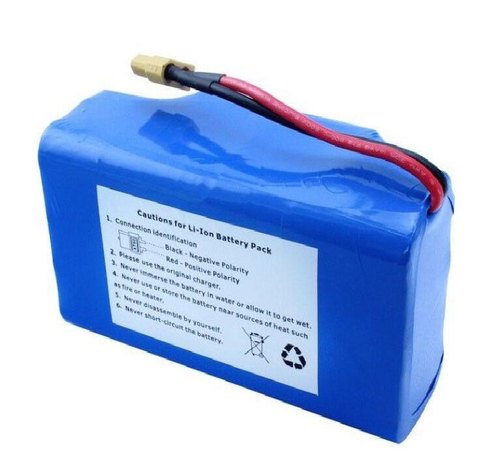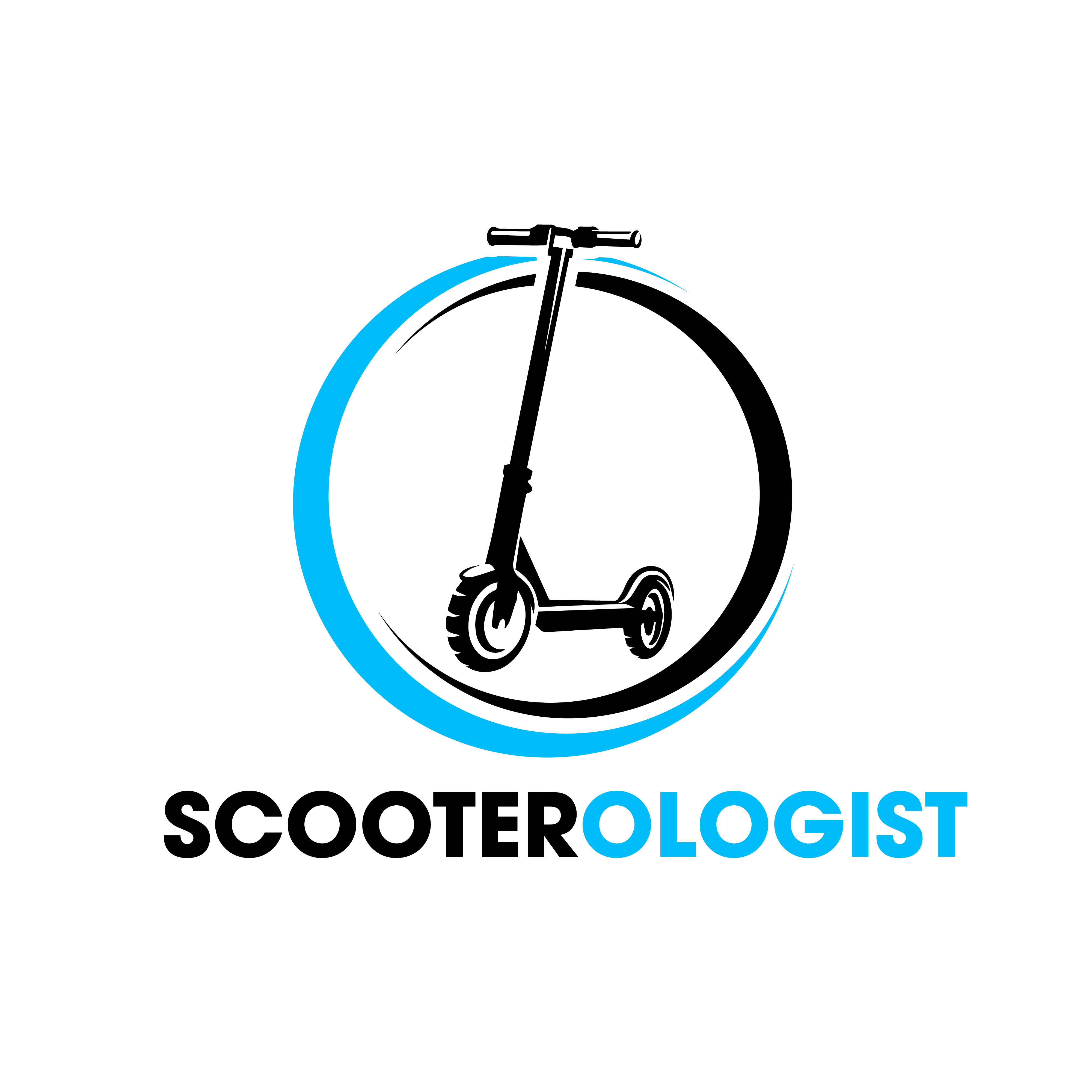How do hoverboards work? This is a question I have asked myself since the first time I saw someone riding one of these devices past me in the street.
Hoverboards, also known as balance boards or self-balancing scooters, are a lot of fun to ride and also look really cool.
These personal transportation devices have taken the world by storm since they first arrived on the market.
If you’ve ever seen someone riding a hoverboard I’m sure you have also wondered to yourself - how does a hoverboard work?
In this article we’ll explain exactly how hoverboards work so you’ll have a better understanding of the technology that makes these electric self-balancing scooters so exciting and fun to ride.
Knowing how a hoverboard works can also make learning how to ride a hoverboard easier as you'll be familiar with the basic mechanisms of the board.
What Is A Hoverboard And How Does It Work?
Electric hoverboards provide an eco-friendly way to get around, being much cheaper and more environmentally friendly than using public transport, driving a car, or riding a motorbike.
But hoverboards are not just about personal transport, they are also fun and exhilarating to ride.
If you’re an adrenaline junkie or someone with a need for-speed, than an electric self-balancing scooter can provide the thrill and excitement you crave.
The best hoverboards can be used for transportation and recreational purposes. There are also off-road hoverboards that can be used on rugged terrain, and fast hoverboards that are built for riders craving speed.
Regardless of which type, brand, or model of hoverboard you’re riding, or even if you customize your hoverboard, the basic principles of how a hoverboard works is the same.
To understand exactly how a self-balancing scooter works we need to take a look under the hood of one of these electrical devices.
Lets start by taking a peak at the components inside a hoverboard.
Inside A Hoverboard


Essentially an electric hoverboard is compromised of a frame which contains some key components that include:
- A battery
- 2 motors
- 2 wheels
- 2 gyroscopes and pressure sensor circuit boards
- A main circuit board / logic board
- Foot pads and pressure sensors
These components will vary in spec depending on what hoverboard brand and model you have.
The type of components used can also contribute to how much a hoverboard weighs, making it heavier or lighter.
Lets break down each component in a bit more detail and see how they all work together.
Once you understand how these parts function and interact with each other you'll have a better understanding of how a hoverboard works.
The Hoverboard Battery
Electric hoverboards are powered by rechargeable batteries. These batteries are normally lithium-ion which is the standard type of battery found in most hoverboard models.
Lithium-Ion hoverboard batteries have a slower discharge meaning that they tend to hold their charge for longer.
Because of the slow discharge if you charge your hoverboard and don’t use it for a while the battery should still retain most of its power the next time you turn it on, so you can just start using it straight away without further charging.


Hoverboard battery packs are also quite light in weight, which is perfect for electric hoverboards as they need to be as light as possible to ensure they can hit their top speeds and climb upward sloping inclines.
Another positive point of lithium-ion hoverboard batteries is that they typically have a higher energy density rating compared to other battery types. This means you will get more mileage from the battery per charge, making the hoverboard as energy efficient as possible.
Lithium-Ion battery packs are also relatively inexpensive nowadays, which is why they are favored by most major hoverboard brands.
The battery supplies power to the motors and the electrical circuitry including the logic board.
The best hoverboard brands and models all contain batteries that are UL2271 certified, which means they have been thoroughly tested to the highest safety standards by Underwriters Laboratories, one of the world’s leading product safety testing companies.
You should only buy a hoverboard with UL2271 certified batteries and a board that has UL2272 safety certification.
You should always follow best practice when buying a hoverboard.
The Motors
The motors are housed inside the hoverboard wheels and are responsible for making the wheels turn, accelerate, and decelerate.


As each wheel has an individual motor inside it the wheels are able to act independently of each other. This is what makes turning left or right possible.
Each hoverboard is different and different models will have different motors, ranging from 150W up to 400W.
The more powerful the motors = the fastest the hoverboard can travel. Powerful motors also allow the hoverboard to climb steep inclines, even when being used by heavier riders.
This is why most of the best off-road hoverboards, which have been designed for use on more rugged and demanding terrain, have motors that are more powerful than regular hoverboard models.
Having said that, some of the best cheap hoverboards have motors that can compete with some of the best hoverboards on the market in terms of incline ability, and many come lose to matching the top speeds of the best boards.
Hoverboard Wheels
As well as housing the motors, each individual wheel also contains speed and tilt sensors which are able to read the rpm (revolutions per minute) of each wheel, and the degree of tilt.
Both these readings get sent to the hoverboard’s gyroscopes and pressure sensor circuit boards located on each side of the hoverboard near the wheels and motors.
It is worth noting that wheel size differs depending on the type of hoverboard model.


Wheels on regular hoverboard models are typically 6.5 inches, whereas off-road hoverboards like the Halo Rover X or Swagtron T6 Outlaw have bigger wheels, ranging from 8.5 inches or bigger.
The Segway Ninebot S has a pair of 10.5 inch wheels!
Bigger wheels are able to house bigger and more powerful motors. Bigger wheels are also more suitable for riding on terrain such as dirt, mud, sand, gravel, etc.
Gyroscopes
The hoverboard’s gyroscopes and pressure sensor circuit board receive the RPM and tilt information from the wheel’s sensors, and in turn sends this information to the hoverboard’s main circuit board/logic board.
Gyroscopes are responsible for keeping the board balanced upright, without which you wouldn't be able to stand on or ride a hoverboard.
We’ll talk more about gyroscopes a bit later.
Main Circuit Board / Logic Board
The main circuit board or logic board can be thought of as the brain-center of the hoverboard. It is the part of the balance scooter that does the “thinking” or processing.


The logic board receives the information picked up from the sensors in the wheel via the gyroscopes and pressure sensor circuit boards and is able to process this data in real-time.
As a result, the logic board is able to quickly detect the speed the hoverboard is currently travelling at and to what degree the board is tilted.
When a rider shifts their balance to go faster the logic board sends instructions to the motors in each wheel telling them to either speed up, slow down, or turn in a certain direction (by restricting the movement of the opposing wheel).
This is all achieved with assistance from the sensors in the foot pads which the rider stands on, which we will describe below.
The logic board also controls the power management of the hoverboard.
If your hoverboard has a level adjustment feature which allows you to switch between different modes like beginner, intermediate, or advanced, it is the logic board which limits the maximum speed in each mode, therefore making the hoverboard easier to ride for kids or inexperienced riders.
This ability to adjust the level or mode of the board is a great feature and is found on some of the top hoverboard models including many of the best kids hoverboards.
Foot Pads And Pressure Sensors
The foot pads are located on the top of the balance board. A rider stands on the footpads when they are on the hoverboard.
These foot pads have clever pressure sensors in them which are able to detect a rider’s weight and balance.
The sensors are controlled by the pressure sensor circuit board located directly beneath the foot pads.
When a rider wants to go faster they shift their weight forward.
The sensors on the front of the foot pads detect this shift in weight and send this information to the logic board, which in turn sends the information to the pressure sensor circuit boards which cause the appropriate motor to either spin faster, slow down, or turn in a certain direction.
If a rider wants to turn left, they will shift their weight on to the front of their right foot.
This causes the logic board to slow the motor in the left wheel down whilst telling the motor in the right wheel to speed up, making the hoverboard turn in the desired direction.
This constant shifting in weight and balance on the sensors is how to make a hoverboard go faster or turn in a certain direction.
Pretty cool eh?
How Does A Hoverboard Balance?
The key to making a hoverboard balance is down to the gyroscopes which we mentioned earlier.
Gyroscopes are interesting devices, but what the heck are they?
The Oxford English dictionary defines a gyroscopes as “a device consisting of a wheel or disc mounted so that it can spin rapidly about an axis which is itself free to alter in direction. The orientation of the axis is not affected by the tilting of the mounting."
These clever devices are found in a variety of different objects such as planes, space stations, and telescopes to name just a few.
What gyroscopes are and how they work is a bit beyond the scope of this article, but for more information on gyroscopes check out this link: https://interestingengineering.com/what-gyroscopes-are-how-they-work-and-their-importance.
The hoverboard's gyroscopes receive information from the tilt sensors in the wheel and are able to detect how far forward a rider is leaning.
The gyroscopes send this information to the logic board which tell the motors to speed up in an effort to catchup with the boards center of gravity, thus making the hoverboard go faster.
This is how a hoverboard balances and manages to keep its center of gravity parallel with the riding surface so that the board stays level and the rider is able to balance easily, even when travelling at a hoverboards top speed.
There are times where the gyroscopes will fall out of sync and therefore cause the board to malfunction. When this occurs the board will require recalibrating, so its important to know how to calibrate a hoverboard to get it up and running again.
Now you know the technical science behind self-balancing scooters, the next time someone asks you “how does a hoverboard work?” you can tell them!
If reading this has made you want to buy a hoverboard, than check out our hoverboard reviews below and our hoverboard buying guide which tells you everything you need to know when buying one of these self-balancing scooters.
Reviews of the best hoverboards on the market
Reviews of the best cheap hoverboards
Reviews of the fastest hoverboards
